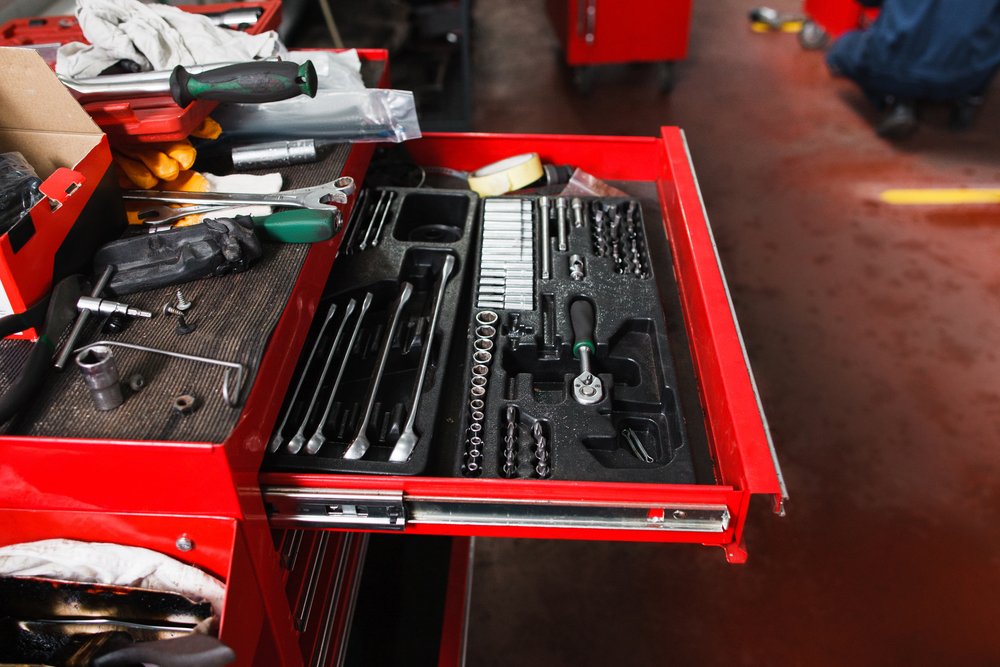
Despite a growing demand for skilled trades, Generation Z remains hesitant to pursue blue-collar careers due to societal stigmas and misconceptions, according to a new report.
As the U.S. grapples with an aging workforce and increasing labor shortages, the report, The Annual Blue-Collar Report: Gen Z and the Trades Need Each Other, reveals that Gen Z is wary of blue-collar careers, even as these jobs offer stability and growth. It looked into how Gen Z navigates education and career decisions, highlighting the need to overcome stigmas associated with blue-collar careers.
According to the report, 76 per cent of Gen Z respondents agreed that a stigma exists around attending vocational schools instead of pursuing a traditional four-year university degree.
The U.S. Bureau of Labor Statistics reports that employment demands in trade industries are often outpacing the 3 per cent average growth rate of all occupations, signaling a widening gap in the workforce. Despite this, the report found that many Gen Z members are interested in blue-collar careers but they just don’t realize it yet.
The traditional and so-called “American Dream” is being reevaluated by Gen Z, especially as concerns about the economy, job stability and the impact of artificial intelligence (AI) grow. One-third of respondents believe white-collar jobs are less stable today compared to their parents’ generation, and 41 per cent worry that AI will reduce future job opportunities.
Despite these concerns, Gen Z identified attributes commonly associated with blue-collar jobs, such as flexible work hours (73 per cent), job stability (61 per cent), and overtime pay (58 per cent), as appealing.
The report also highlights the influence of parents, schools and media on Gen Z’s career choices. More than half (51 per cent) of respondents cited family as the most significant influence on their career decisions, yet 61 per cent said their parents have not discussed vocational school as an option. Furthermore, only 17 per cent reported receiving education on the benefits of vocational training, a figure significantly lower than for bachelor’s degrees, community colleges, military service, and entrepreneurship.
Media portrayals also play a role in shaping perceptions, with 35 per cent of respondents saying television shows and movies influence their career interests. Nearly half (47 per cent) believe that trade professionals are generally depicted negatively in these media portrayals.
The report also noted the need for greater gender balance in blue-collar careers. Nearly half (48 per cent) of respondents agree that women are discouraged from pursuing trade careers from a young age, and 58 per cent believe that women face more discrimination in these fields compared to other professions.
Image credit: Depositphotos.com
Related Posts
Comments
-
I believe this stigma exists mainly with the people supposedly guiding this generation, not the kids themselves. From what I can see with my own kids and their friends, there seems to be a reckoning coming against the educrats telling all of our kids they need a university diploma to be successful. Fortunately for the kids who pursue these industries in the future, the competition level will be low and the profits will be high. It’s not going to be hard to eat every other kids lunch who have learned nothing in the way of real world skills.
-
Any “blue collar trade” is a direct route to entrepreneurial aspersions. Trade work in essence serves the public. There is a sense of instant gratification for Tradespeople who feel confident in a job well done. Not many sectors of employment offer this. It takes years of post ~education “Field Learning “ to master any of these actual crafts. In the end only a few find their way to becoming entrepreneurs. In my trade life it took 25 years of experience to finally hang my own shingle on the door. That’s when I believe your ready. The shingle is 8 years old now.
-
There is no question there is stigma of the trades, with the automotive industry representing the worst of all trades. We lure young individuals into our trade by representing a cool persona of performance, racing, restoration and new technology only for them to find out later that it is not as glamorous as they were made to believe . We do not need to find solutions of attracting the next victim to this industry. What we need to do, is show the people that have taken the leap of fate that this can be a very lucrative career choice, for the right type of person. To survive in this industry you have to be able to deal with disappointment, failure, anxiety and problem solve the unknown. You need to have an insatiable desire to prove yourself to everyone. Young techs need to know that their salaries are fair and comparable to any other middle class industry and need to be taught to live within their means. Everyone wants and believes they deserve more money for what they do, regardless of what they do. We need to know as an industry and monitor the stats of how many people are entering as techs, how long are they staying and why are they leaving. We need to know how many techs are evolving into owning and operating their own shops and how long into their careers for this to become possible, compared to how many are throwing in the towel making career changes. We as an industry have to do our due diligence to sift through the ones that are not going to stay and guide those victims to another career choice sooner. Just because you make it to the big leagues in sports does not mean you will endure a life long career. We then need government incentives, tooling companies backing, and lending institutions to promote and support seasoned techs to start up their own small businesses. We as an industry have to slow the rapid change of technology down. We do this by simply educating and keeping consumers in their cars longer. Showing the next generation that success can be achieved over time is how we solve our technician shortage issue.












Leave a Reply